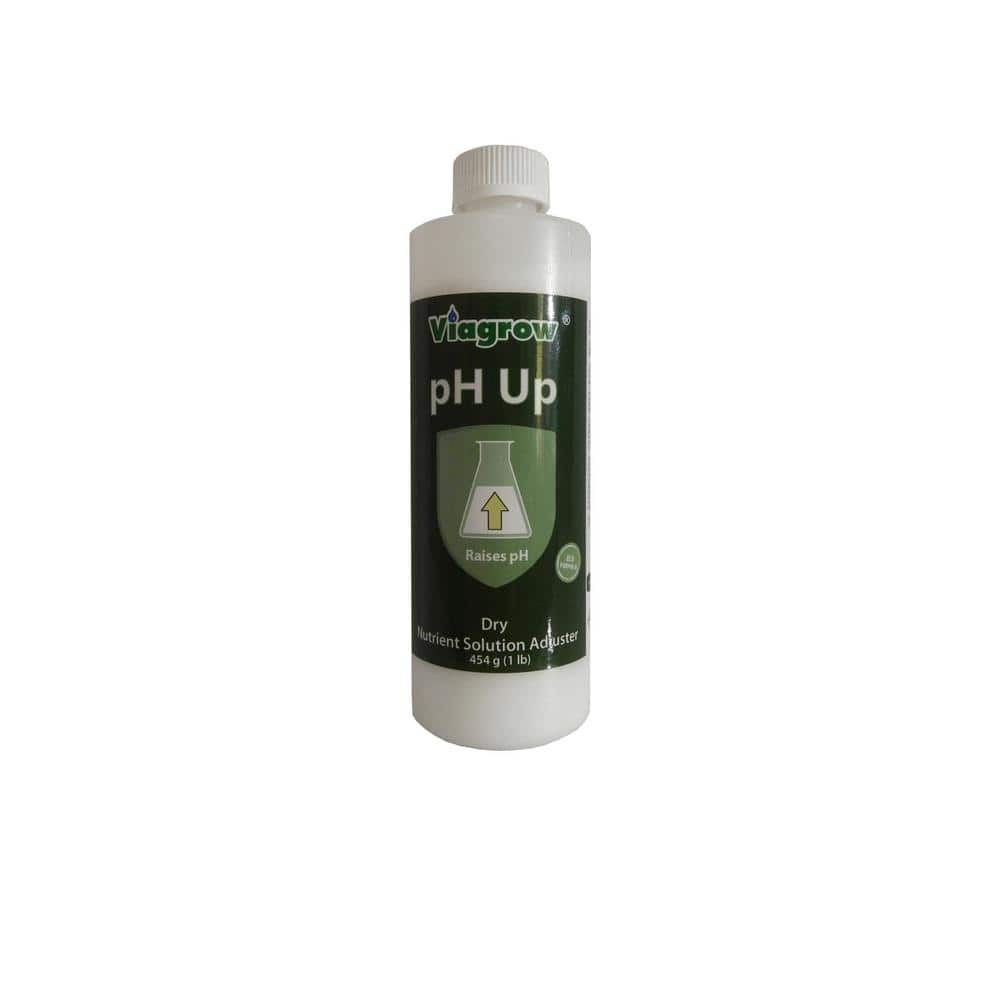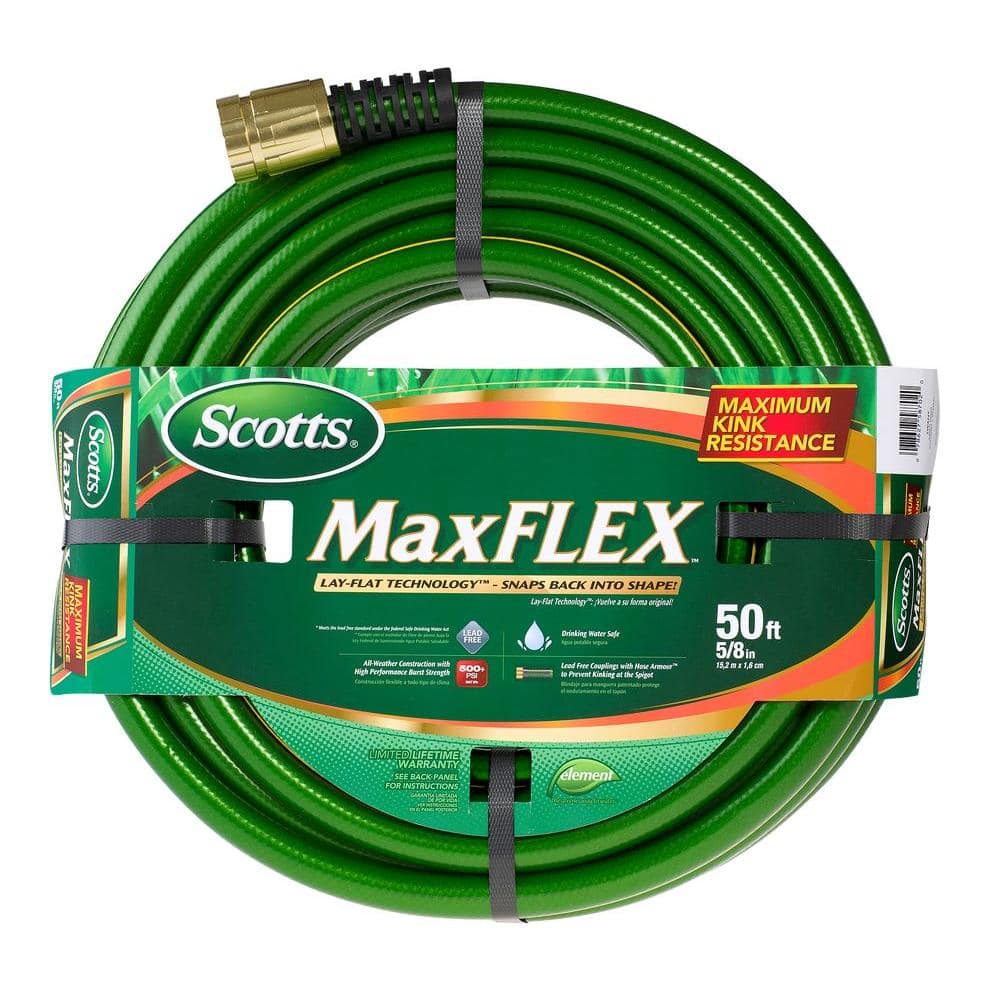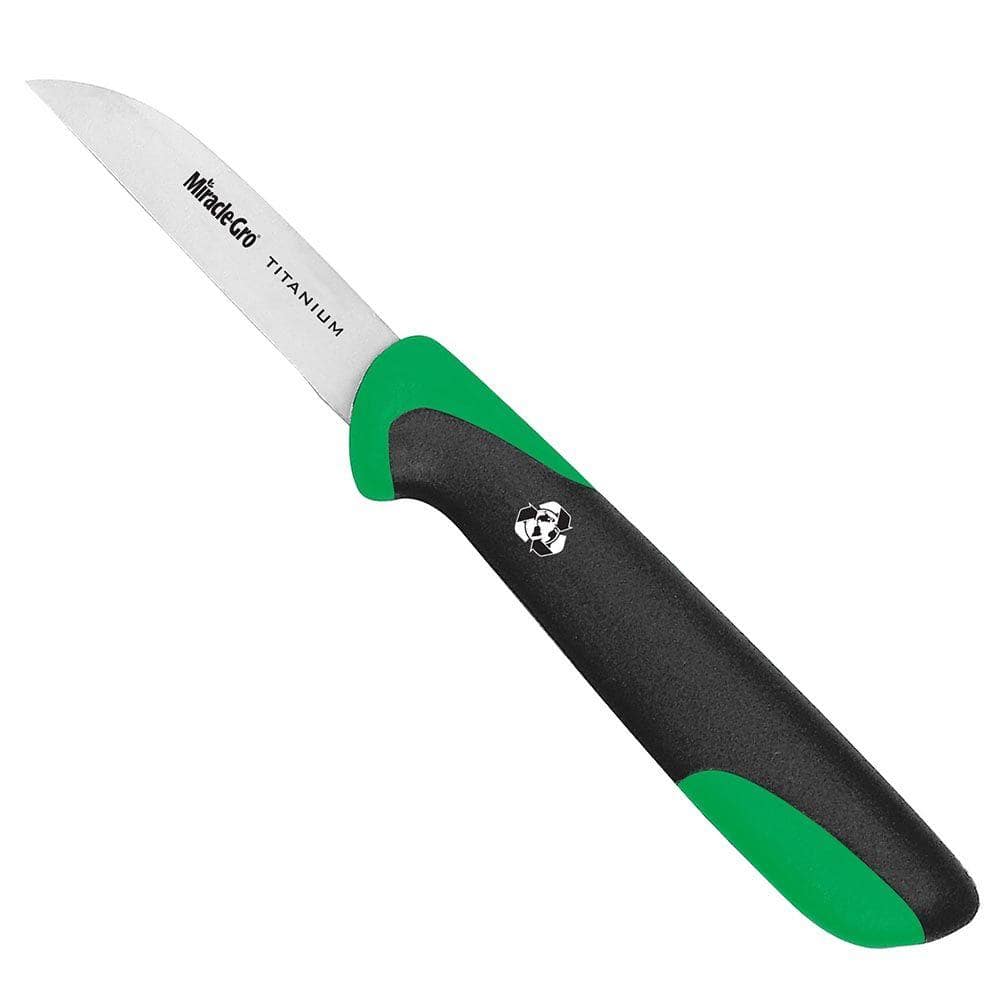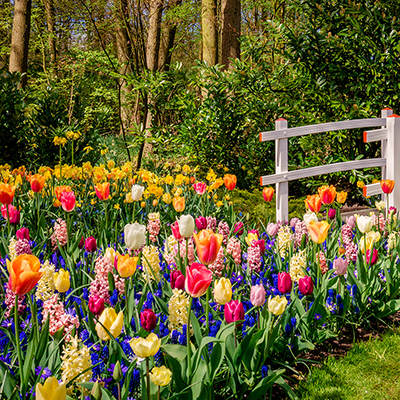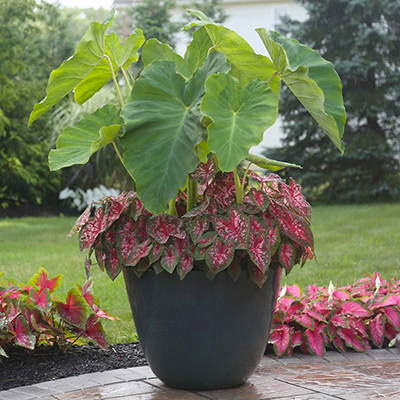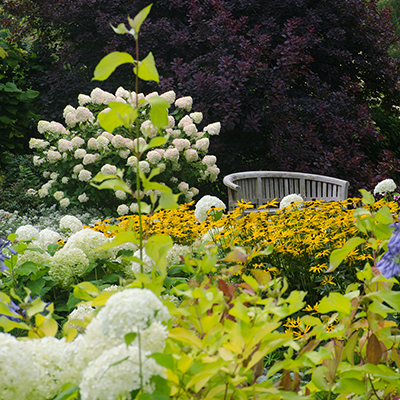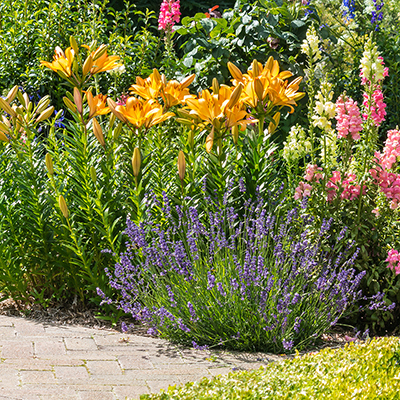How to Grow and Care for Lilies
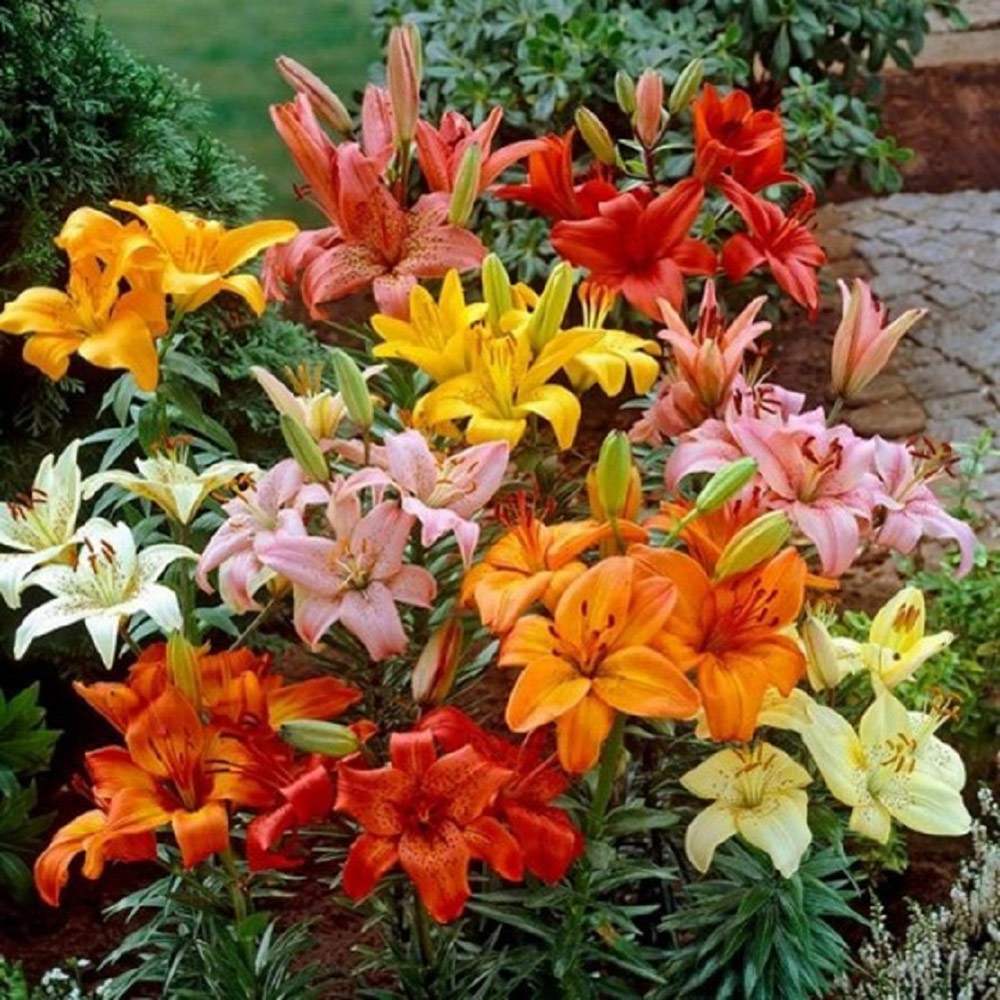
Last updated September 7, 2023
Tall, dramatic and beautiful, true lilies are stars in both flower gardens and bouquets. Lilies may look like divas, but once planted, they’re easygoing. The care regimen involves feeding them before they bloom, and deadheading them after.
In this guide, you’ll learn how to grow and care for lilies in your garden.
Table of Contents
How to Choose Lilies
How to Plant and Care for Lilies
Grow Lilies for Cut Flowers
How to Choose Lilies
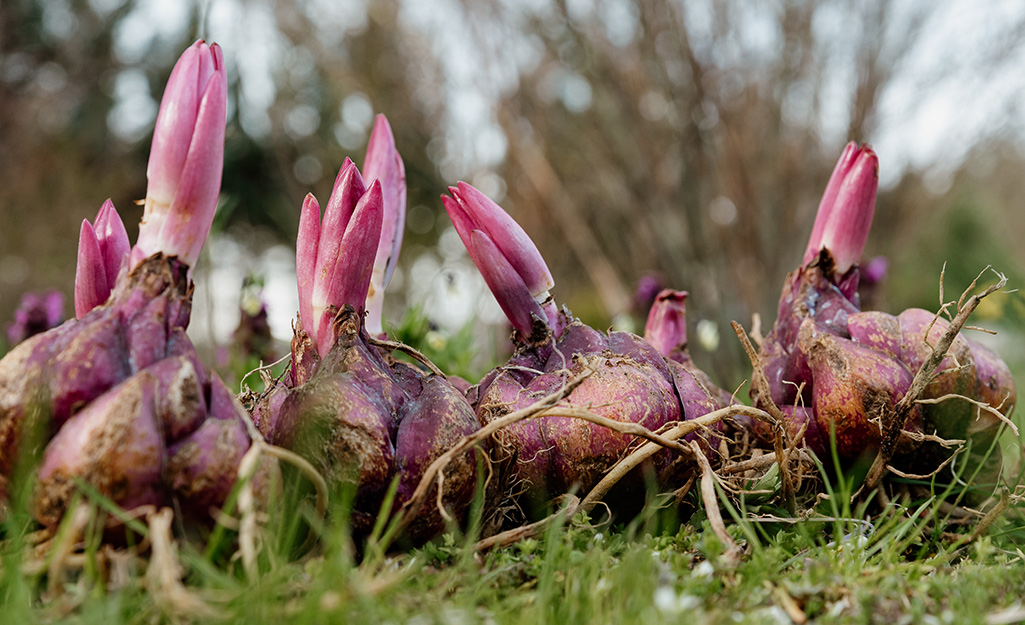
Beautiful Asiatic and Oriental lilies are easy to grow. They bring dramatic colors and blooms to flower borders. These show-offs are true lilies (genus Lilium). They're sometimes confused with daylilies (genus Hemerocallis). Both have trumpet-shaped blooms, but daylilies grow from tubers and true lilies grown from bulbs.
Both Asiatic and Oriental lilies bloom in bright colors straight from the paint box – red, pink, yellow and orange. Asiatic lilies bloom first, in early summer, and grow two to four feet high with sun-facing blooms. Oriental lilies, like Stargazers, bloom a little later and are coveted for their spicy fragrance.
Easter lilies are Oriental lilies. You may receive one as a gift, or, are a savvy shopper buying them after the holiday. When the flowers fade, plant the bulbs in your garden for years of gorgeous blooms.
When buying lilies, you can choose from bulbs or plants. If you’re buying bulbs, make sure they're packed for the current season. Many lilies are perennial in hardiness zones 5 to 9. Learn more about your hardiness zone.
Unlike daffodils and tulips, you’ll notice that lilies do not have a papery outer layer. Without the protective layer, you’ll need to get them in the ground to prevent rot.
How to Plant and Care for Lilies
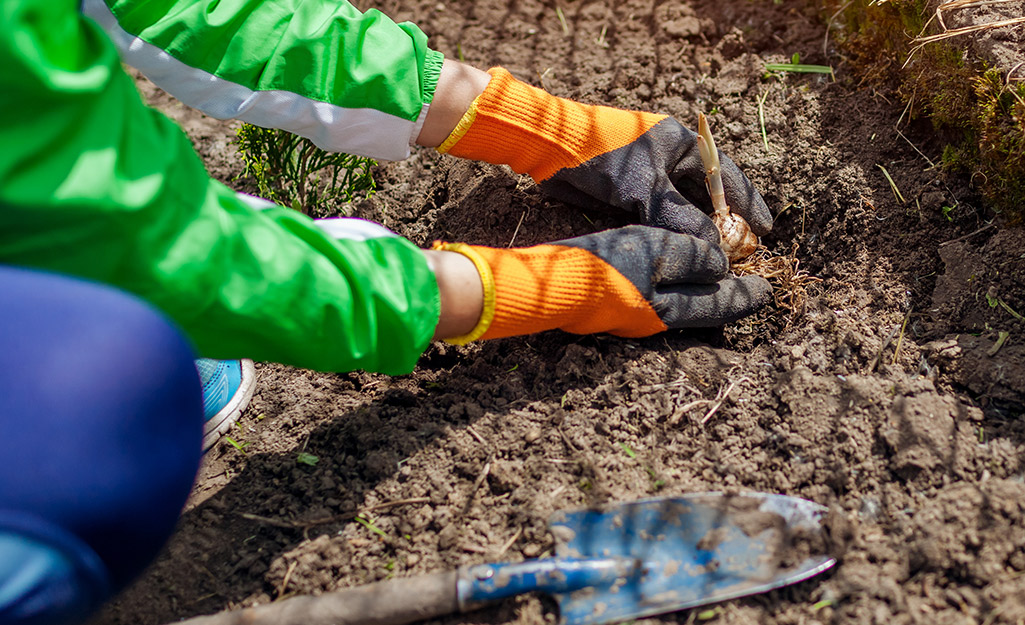
Lilies like full sun sites with well-draining soil. However, they will tolerate partial shade. They're summer, sun-loving plants, and they like a break from the late afternoon heat. Let the shade from trees or a house protect the plants from the sun.
More important than sunlight, however, is well-draining soil. Amend the flower bed with organic compost in preparation for lilies.
Lilies often grow to be the tall kid at the back of the border. Read the plant tag and note the mature height of the plant. You can mass lilies in the back of the border. Try sprinkling lilies through the middle of a garden border for pops of color.
Finish with a light layer of mulch like leaves, pine straw or bark mulch. Mulch helps retain moisture and keep plants' roots cool during hot summer days.
Lilies grow well in containers, too. Plant an early spring-mixed container with lily bulbs, and top with pansies. When the plants emerge in summer, switch out the pansies with petunias for continuous color.
Plant lily bulbs' stems up, roots down, and cover with organic garden soil. You can fertilize while planting. Some gardeners wait until stems break the soil and use a balanced fertilizer mixed at half-strength then.
Tip: Plant lily bulbs at a depth that is three times the length of the bulb. For example, if the bulb is two inches long, plant it six inches deep.
Grow Lilies for Cut Flowers
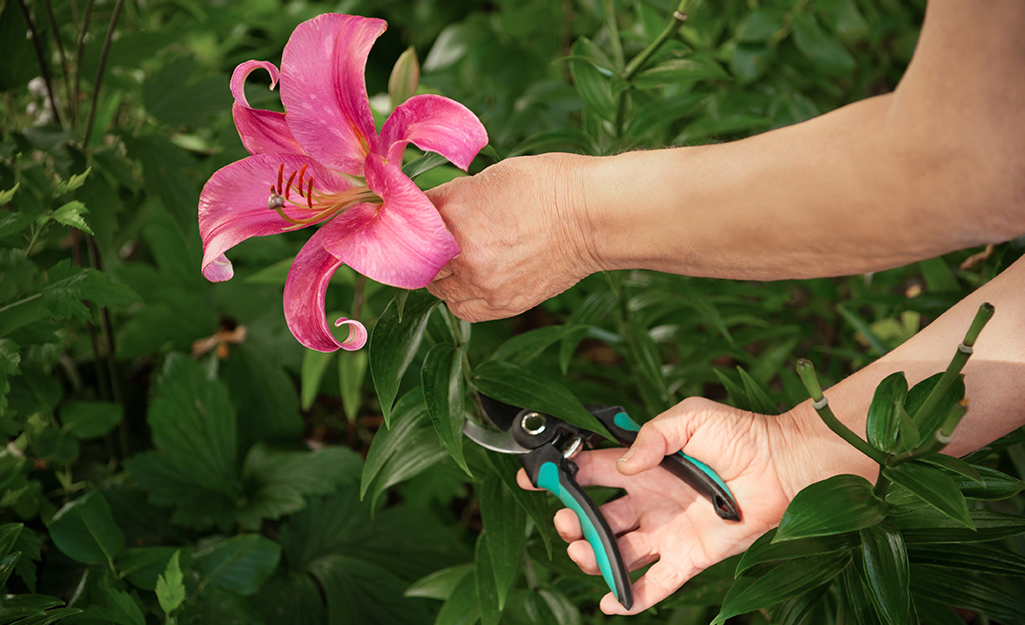
Lilies make lovely cut flowers for indoor arrangements. Cut the blooms early in the day and immediately plunge the stems into a bucket of warm water. Put a fresh, angled cut on the stems in your arrangement.
Plant several varieties of lilies to keep the blooms coming throughout the summer. Asiatic lilies bloom first, followed by fragrant Oriental lilies like Stargazer.
When lily flowers fade, deadhead the blooms, but keep most of the foliage. The green leaves add background texture to your flower border. Lily bulbs store energy from the leaves in order to bloom next year.
In August, trim the stems down to the first set of leaves. Later in fall, trim the stems down to the ground and cover with a blanket of mulch.
Tip: Mark where bulbs are planted to keep from digging them up or stepping on them while working in the garden.
Plant loads of lilies in your garden this year. Lilies are tough, easy-to-grow and make excellent cut flowers. When you’re ready to shop for plants and potting soil, The Home Depot delivers online orders when and where you them.





